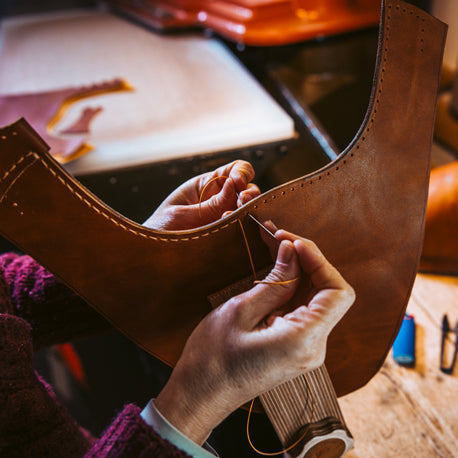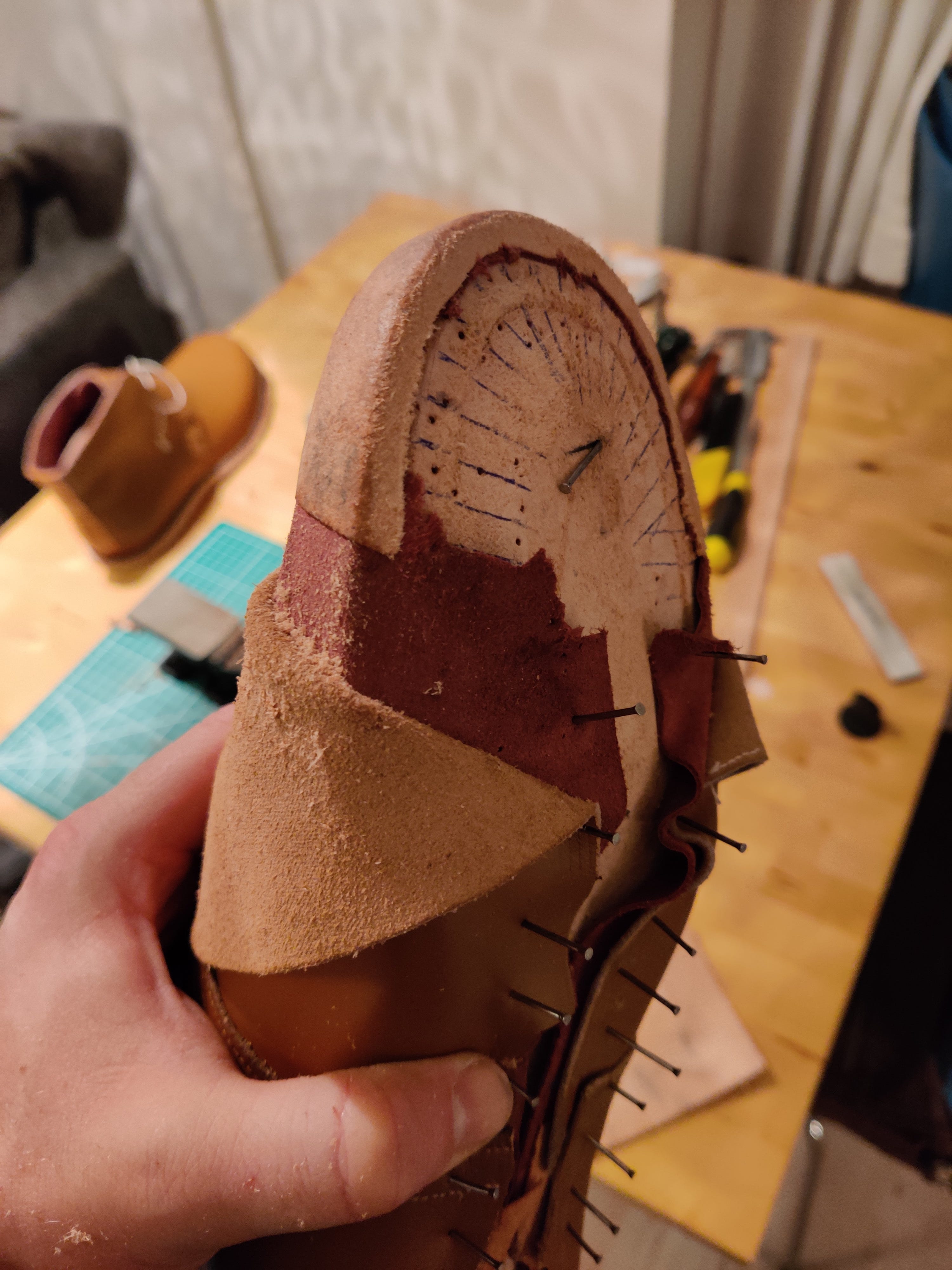Leather shoes have been a staple in fashion for centuries, admired for their durability, comfort, and timeless appeal. Whether you’re a fashion lover, shoe enthusiast, or a budding entrepreneur in the footwear industry, understanding how to make leather shoes opens up a world of creativity and craftsmanship. In this comprehensive guide, we’ll explore every aspect of leather shoe making, from the materials required to the step-by-step process involved. Let’s lace up and dive in!
Understanding Leather: The Foundation of Quality Shoes
The journey of making leather shoes begins with understanding leather itself. Leather is made from animal hides, primarily cattle, and is valued for its durability and aesthetic qualities. The type of leather used can significantly affect the quality and style of the finished product.
Types of Leather Used in Footwear
| Type of Leather | Description | Common Uses | Pros | Cons |
|---|---|---|---|---|
| Full-grain Leather | Made from the top layer of the hide, retaining the natural grain. | High-end shoes, boots | Durability, develops a patina | Higher cost, requires care |
| Top-grain Leather | Sandwiched leather that is split from the top layer. | Dress shoes, wallets | Smoother finish, less expensive than full-grain | Less durable, can be less breathable |
| Genuine Leather | Lower-grade leather usually made from the leftover scraps. | Budget footwear | Affordable, widely available | Less durable, poorer appearance |
| Suede | Leather with a napped finish, made from the underside of the hide. | Casual shoes, loafers | Soft texture, stylish look | Can stain easily, less durable |

Choosing the right leather type is crucial, as it influences the overall aesthetics and functionality of the shoe. Full-grain leather is often seen as the gold standard for quality footwear due to its ruggedness and ability to improve with age.
Essential Tools and Materials for Leather Shoe Making

Before embarking on your leather shoe making journey, you’ll need to gather a variety of tools and materials. Having the right resources can make the process smoother and more enjoyable.
Basic Tools Required

- Leather Cutting Tools: Sharp knives or rotary cutters for precision cutting.
- Awl: Useful for making holes in leather for stitching.
- Lasts: Molded forms that determine the shoe shape.
- Needles and Thread: Heavy-duty needles and waxed thread are essential for stitching.
- Glue: Strong adhesive for bonding leather pieces.
- Edge Tools: Used for finishing the edges of the leather.
- Finishing Tools: Includes polish, conditioners, and sealants to improve the final appearance.
Where to Source Quality Leather

Finding high-quality leather can be a daunting task for beginners. Here are some suggestions:
- Local Tannery: Building a relationship with a local tannery can provide you access to fresh hides.
- Online Suppliers: Websites like Tandy Leather, The Leather Hide Store, and other specialty sites offer a variety of leather types.
- Craft Fairs: Local craft fairs often have vendors that sell quality leather and tools.

The Step-by-Step Process of Making Leather Shoes
Now that you’ve gathered all your materials, it’s time to get started on the craft. Follow these steps to create your first pair of leather shoes.

Step 1: Design Your Shoes
Before cutting any leather, sketch out your design. Consider factors such as style, function, and size. You can explore existing designs for inspiration and adapt them to your style.

Step 2: Create a Template
Once you have a design, create a template using cardboard or paper. This template will guide your cuts and ensure uniformity.
Step 3: Cutting the Leather
Use your template to carefully cut the leather pieces. Always cut with the grain to ensure the final product is strong and durable.
Step 4: Prepare the Pieces
Before assembling, prepare the edges of your leather pieces by sanding them to create a smooth finish.
Step 5: Stitching the Pieces Together
Using your awl, make holes along the edges where you will stitch. This method ensures your stitches are even and secure. Start stitching from the back to achieve a neat finish.
Step 6: Attaching the Sole
Attach the sole using strong leather glue and secure it with nails or stitches for added durability.
Step 7: Finishing Touches
After the shoe is assembled, apply leather conditioner and polish to enhance its appearance. This step protects the leather and gives it a beautiful shine.
Real-World Experiences: Case Studies in Leather Shoe Making
To further illustrate the nuances of leather shoe making, let’s delve into a few case studies that reveal the experiences of passionate shoemakers.
Case Study 1: Luxury Leather Brand
A luxury leather brand started in a small workshop in Italy. The craftsmanship behind their shoes focused primarily on utilizing local materials and traditional techniques. Their commitment to quality has led them to be featured in high-end fashion shows. They attribute their success to the meticulous choice of leather and the shoe-making process which includes attention to detail at every step. Their shoes boast a lifespan of over a decade, making them a worthwhile investment.
Case Study 2: Sustainable Footwear Startup
A startup focused on sustainability found success by crafting shoes from eco-friendly leather alternatives. They aimed to appeal to the environmentally conscious consumer. The use of recycled materials and non-toxic dyes resonated with their audience, increasing their popularity both online and in retail stores.
Tips for Success in Leather Shoe Making
As a beginner in leather shoe making, consider these expert tips to enhance your skills and ensure high-quality results.
1. Take a Class
Investing in a workshop or class can provide invaluable hands-on experience. Many leatherworking schools exist across the U.S., offering everything from beginner to advanced courses.
2. Experiment with Different Techniques
Leather shoe making is an art form that benefits from experimentation. Try various stitching methods, dyeing techniques, and leather finishes to find your unique style.
3. Focus on Quality Materials
Investing in quality leather and tools will pay off in the long run. Cheaper materials often lead to disappointing results.
4. Document Your Process
Maintain a journal or blog to document your shoe-making journey. This not only tracks your progress but also helps you learn from mistakes.
5. Join Online Forums
Connecting with other shoe makers online can provide support, inspiration, and tips. Communities like Reddit’s r/Leathercraft and various Facebook groups can be beneficial.
Product Highlights: Essential Tools and Recommended Brands
Here’s a list of essential tools and some recommended brands that can make your leather shoe-making journey smoother.
Recommended Leather Brands
- Tandy Leather: A go-to source for leather and tools. They offer a range of materials suited for beginner and experienced craftsmen alike.
- The Leather Hide Store: Known for their quality hides, ideal for shoe-making projects.
Essential Tool Brands
- Osborne: Renowned for durable cutting and edge tools.
- Franklin Tools: Offers excellent stitching needles and threads specifically designed for leatherwork.
Pros and Cons of Making Your Own Leather Shoes
Crafting your own leather shoes is undoubtedly rewarding, but it’s not without its challenges. Here’s a breakdown of the pros and cons.
Pros
- Customization: You can create shoes tailored to your style and fit.
- Quality Control: You control the materials and methods, ensuring high-quality output.
- Skill Development: The process develops your craftsmanship and creative skills.
Cons
- Time-Consuming: Making shoes can take a significant amount of time, especially for beginners.
- Initial Costs: Quality materials and tools require an upfront investment.
- Learning Curve: Mastering the craft can be challenging and may require persistent practice.
Frequently Asked Questions (FAQs)
1. How long does it take to make a pair of leather shoes from scratch?
Generally, it can take anywhere from several hours to a couple of days, depending on the complexity of the design and the skill level of the maker.
2. Can anyone learn to make leather shoes?
Absolutely! With the right tools, materials, and a willingness to learn, anyone can start making leather shoes.
3. What are the most common mistakes beginners make?
Common mistakes include not measuring accurately, using improper tools, and rushing the process. Take your time to learn and improve.
4. Is it worth investing in a sewing machine for leather shoe making?
While not necessary for all shoe-making projects, a sewing machine can significantly speed up the process. If you plan to make shoes regularly, it’s a worthwhile investment.
5. What types of leather are best for beginners?
Top-grain and genuine leather are good starting points for beginners as they are more affordable and easier to work with.
6. How can I ensure my shoes fit well?
Proper measuring is key. Use a Brannock device for accurate foot measurements and make adjustments to your lasts accordingly.
7. Can I clean and maintain my handmade leather shoes?
Yes! Regular cleaning with saddle soap, conditioning with leather cream, and polishing will keep your shoes looking their best.
8. What is the best way to store leather shoes?
Store them in a cool, dry place away from direct sunlight. Using shoe trees can help maintain their shape.
9. Where can I sell my handmade leather shoes?
You can sell through local markets, online platforms like Etsy, or set up your own e-commerce website.
10. What are the best finishing products for leather shoes?
Invest in high-quality leather conditioner and polish. Brands like Saphir and Chamberlain’s Leather Milk are well-regarded in the industry.
11. How do I find my own style in leather shoe making?
Experimentation is key! Try different styles, techniques, and color combinations. Over time, your unique flair will emerge.
Conclusion: Step into a World of Craftsmanship
Making leather shoes is not just a hobby; it’s a passion that combines art, craftsmanship, and functional design. Whether you aim to create bespoke footwear for personal use or consider launching a business, understanding the process is essential. With patience, practice, and a commitment to quality, you can produce stunning leather shoes that are not only beautiful but also built to last. So gather your tools, choose your leather, and let your creativity shine in every stitch.
For further reading on leather craftsmanship, consider exploring resources such as Leather Craft Essentials (PDF) or the Leather Shoe Making Courses (DOC). Happy crafting!